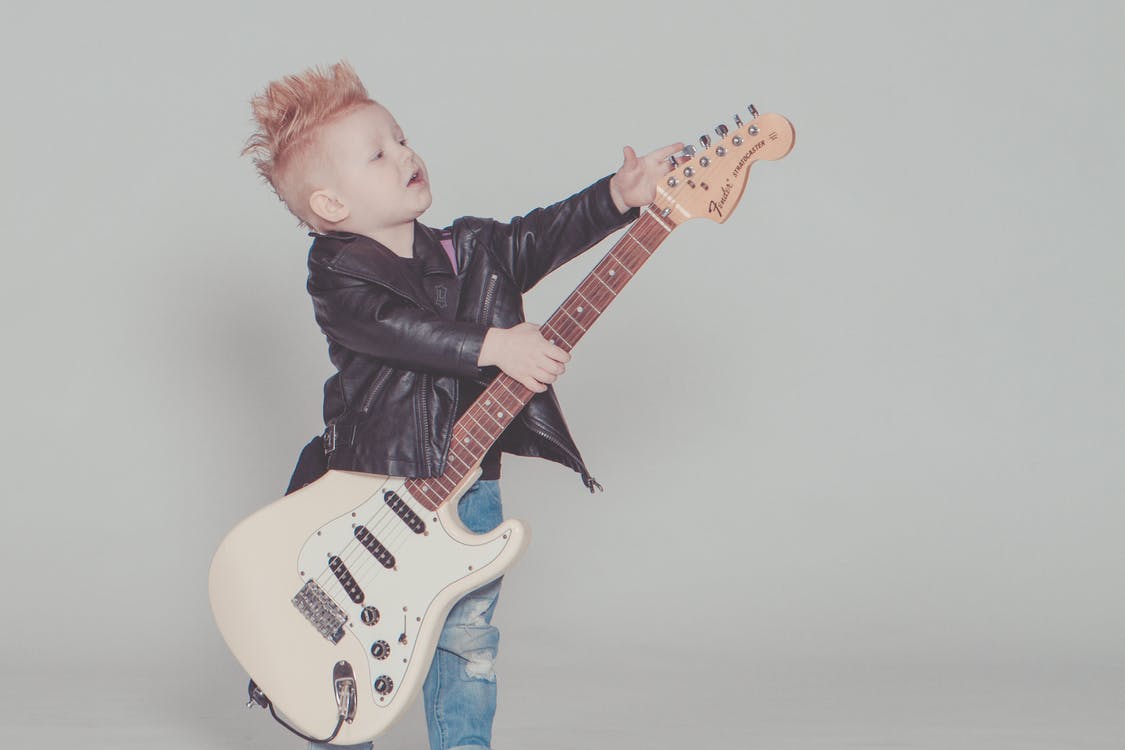6 Montessori Activities to Develop Your Kid’s Love for Music

Dr. Maria Montessori believed, and subsequently observed from years of study, that the minds of children are naturally absorbent and that there exists a natural love for learning within these little ones.
Hence, the Montessori way of learning is structured such that, under the guidance of a competent adult, and encouraged by a prepared environment, Montessori activities present the child with various integrated concepts that stimulate his natural curiosity.
Music is seen as an important aspect and tool in the development of the Montessori child. Several benefits such as increased confidence, self-expression, and improved listening skills, among others, have been noted on children who have been exposed to music of some form, early on. Instilling a love for music in your child through Montessori activities is possible. Here are a few examples:
- Using hand bell memory. Using hand bells, this activity taps into the child’s auditory perception while he listens to a sequence of bell sounds that are modeled to him. Musical patterns, as well as increased focus and concentration, are developed in the child as he gains curiosity and repeats the process at his own pace.
- Playing musical instruments. Having durable and child-sized musical instruments in your prepared environment can go a long way from being a part of a cultural lesson in your Montessori classroom, to an actual sensorial mode of musical learning. As the child gains access to, and eventually learns how to use maracas, egg shakers, xylophones, and other similar instruments, this taps his interest towards the world of music.
- Walking on the line. This activity that involves the child, a basket filled with items, and a line drawn on the floor is meant to teach the child a sense of balance and develop his gross motor skills. However, this practical life lesson can also be a means to instil love for music with the use of songs that can inspire the child to move (skip, hop, gallop, etc.).
- Exploring sound cylinders. This sensorial lesson teaches sound discrimination, order, and matching. It makes use of various pairs of cylinders with the goal of matching the correct cylinder to the one that has the same item inside. Here, the child sharpens his auditory skills, which in turn will refine his perception of musical concepts such as rhythm and melody.
- Singing and moving along to action songs. Teaching songs to your child either by letting him sing along, having him listen to you, or by means of action songs that he can move his body with, shows your child that music can be an inviting and fun activity that he can participate in. Eventually, you will find him gaining confidence as he hums the tune while he does other activities, or even performs the song on his own.
- Jazzing up lessons. Whether it is learning about the seven continents or about the alphabet, there is always a song that is related to the topic that can make the learning more engaging and lively. In this manner, the child not only learns about the concept at hand, but also appreciates the role of music in in his learning process.
 Author Bio: Rana Tarakji is an entrepreneur and a contributing writer at OneSEO, a digital marketing agency, who lives in Beirut, Lebanon. Rana Tarakji is passionate about digital marketing, startups, helping entrepreneurs grow, and empowering them to live their dreams. She has worked as a marketer, a technology co-founder and business developer, and a writer.
Author Bio: Rana Tarakji is an entrepreneur and a contributing writer at OneSEO, a digital marketing agency, who lives in Beirut, Lebanon. Rana Tarakji is passionate about digital marketing, startups, helping entrepreneurs grow, and empowering them to live their dreams. She has worked as a marketer, a technology co-founder and business developer, and a writer.


